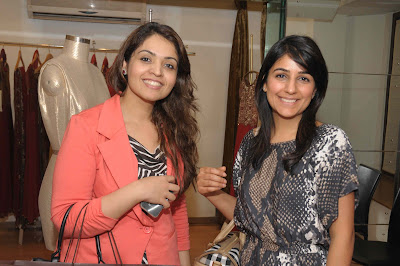TWO equals ONE
Arjun Saluja Spring-Summer 2013
“Woman and man are words other people
use, not me,” Dimple says to the narrator.
“Before Dimple came to be called Zeenat,
she worked part-time for Rashid and disappeared every evening to the hijra’s
brothel. Is it better to be a man or a woman? Dimple said: For conversation,
better to be a woman, for everything else.. better to be a man. Then I asked if
she was a man or a woman and she nodded as if it was the first time she’d been
asked.
She said: Woman and man are words other
people use, not me. I’m not sure what I am. Some days I’m neither, or I’m
nothing. On other days I feel I’m both. But men and women are so different, how
can one person be both? Isn’t that what you’re thinking? Well I’m both and I’ve
learned some things, to my cost, the kind of thing you’re better off not
knowing if you mean to live in the world. For example I know something about
love and how lovers want to consume and be consumed and disappear into each
other. I know how they yearn to make two equal one and I know it can never be.”
Beauty and identity. Trust and betrayal.
Sainthood and destruction. These are the issues that concern Dimple as she
descends further and further into the seedy underbelly of Bombay’s opium dens.
Beatings become commonplace. Prostitution becomes more and more hazardous. Men
murder each other in the street with hammers and heroin becomes the poisoned
lifeblood of the city. Despite the bleakness of her surroundings, Dimple
continues to search for beauty - at the movies, in pulp magazines, at church,
and in a new burkha-wearing identity.
She explores works of art, she picks up
books on reincarnation, she interrogates poets -- all in the quest to
understand herself and her visions. Yet through it all, Dimple retains her
dignity and grace even in her most desolate moments. Dimple focuses on the best
that life can give her and it is here, when she is alone and dying in the
clinic, dreaming her crazed, prophetic dreams, that we realize that the beauty
that Dimple has been searching for all along is in herself.
She may have been viewed as ‘half’ of
each, but within, she was complete".
(Excerpts from: Narcopolis by Jeet Thayil
& G.
Justin Hulog’s review of the novel)
Arjun Saluja Spring/Summer 2013
Collection
Arjun Saluja’s continuing exploration of
androgyny – the paradoxical or compatible union of the male/female selves,
finds a kindred spirit in Dimple. Identity, call it ‘yin-yang’ or
‘ardhanareshwar’, and the beauty within that identity have always played the
central theme in Saluja’s aesthetic. Dimple’s own search for completion, for
singular truth in opposing facets, gives the impetus to incorporate her journey
and her authenticity into this collection. Saluja’s chevron of masculine
femininity or vice versa, incorporates both the physical elements of Dimple’s
environment vis-a-vis the print story, while the silhouettes themselves explore
her personality. The ‘hakama’ sari, for instance could be a reference to strong
influence of Mr. Lee, who shapes Dimple’s early life; the ‘burkha’ and ‘pathan’
suits, that which Dimple adopts in her later life. Holistically, however, what
Saluja is inquiring into, is the concept of ONE – the unity of the opposing and
complementary.
The colour palette of opposites and
complements in white and black, nude and red, grey and cobalt, tells the story
of struggle and strength, truth and dreams, reality and escape, destruction and
liberation.


























































